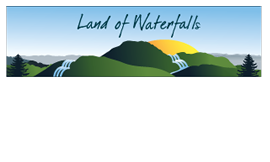Beginning in the mid-19th century fire insurance
companies in the United States used detailed maps to determine liability
risks. The Sanborn Map Company quickly
became the leader in the field and by 1916 were the only company producing fire
insurance maps.
Properties and businesses in thousands of communities across
America were documented. The maps
included streets, sidewalks, water and gas lines, fire hydrants, railroads and waterways. Property boundaries and building footprints
were laid out on the maps. A key helped
identify materials used in the building construction, doorways, windows, fire
walls and automatic sprinklers. There
was also a description of water facilities and the fire department.
The specific use of buildings, such as bank, church, grocery or
domestic (private home) was often identified. In some cases public buildings, like the Aethelwold
Hotel in downtown Brevard and Spencer Hall at Brevard Institute were labeled.
Each large (21 by 25 inches) color lithographed sheet covered four
to six blocks. New editions of the maps
were created and printed on irregular schedules depending on growth rates. Updates were added as correction slips
between editions by a paster, who literally pasted the correction slip on top
of the most recent edition.
Changes in the insurance business led to a reduced need for fire
insurance maps and by the mid-1960s they were no longer being produced. Today, the historic maps are useful for researchers looking
at community development and decline.
They also aid in dating buildings. The 1911 Brevard maps show a
small wood-frame structure labeled Fire Dept. just west of the courthouse, in
the middle of what is today Broad Street.
A fire bell stand is beside it.
The building remains on the 1916 but the bell stand is gone and another
wood-frame structure, marked Street Dept. Machinery Storage has been
constructed. Both buildings are metal
clad by this time. By 1924 there is a
third building of brick. It is labeled
A, for auto house (garage).
 |
| This portion of the 1924 Brevard Sanborn Map shows Broad St. from Jordan to Probart. |
The January 1931 map shows N. Broadway (Broad) as a thru street. The City Hall and Fire Dept. are located on
the north side of West Main, midway between Caldwell and England streets. The final Sanborn Map for Brevard, which is
an update rather than a new edition, shows that City Hall and the Fire Dept.
have relocated again. This September
1945 map places them on the south side of the same block of West Main.
Although the Sanborn Maps are labeled Brevard, Transylvania County
they extend beyond the business district and a larger area is covered in each edition. Most include the Railroad Avenue area, the
Brevard Institute (Brevard College) campus, Transylvania Tanning south of Brevard, the area around Carr Lumber in Pisgah Forest and all of
Rosman.
A fragile, original copy of the 1924 edition for Brevard is
available in the Local History Room at the Transylvania County Library. Black and white copies of all editions are can
be accessed at www.nclive.org
and color editions of the three earliest Brevard editions are available at www.loc.gov/collections/sanborn-maps/. Detailed guides to reading and using
Sanborn Maps are also available online.
Photographs and information for this column are provided by the
Rowell Bosse North Carolina Room, Transylvania County Library. Visit the NC
Room during regular library hours (Monday-Friday) to learn more about our
history and see additional photographs. For more information, comments, or
suggestions contact Marcy at [email protected]
or 828-884-1820.



